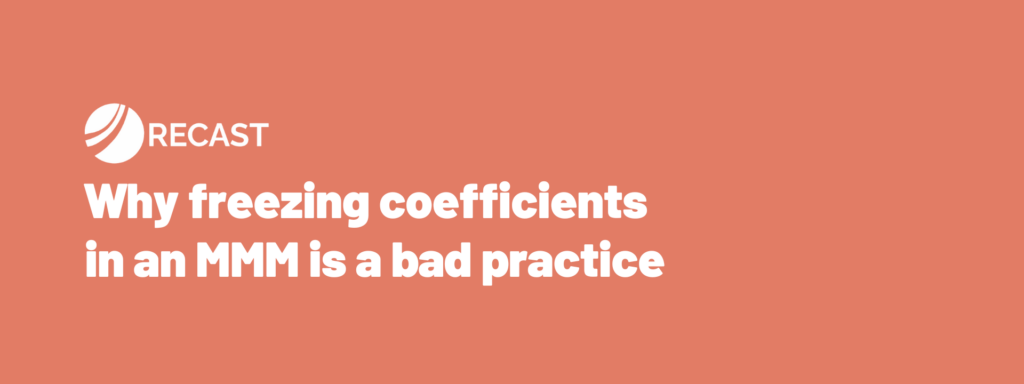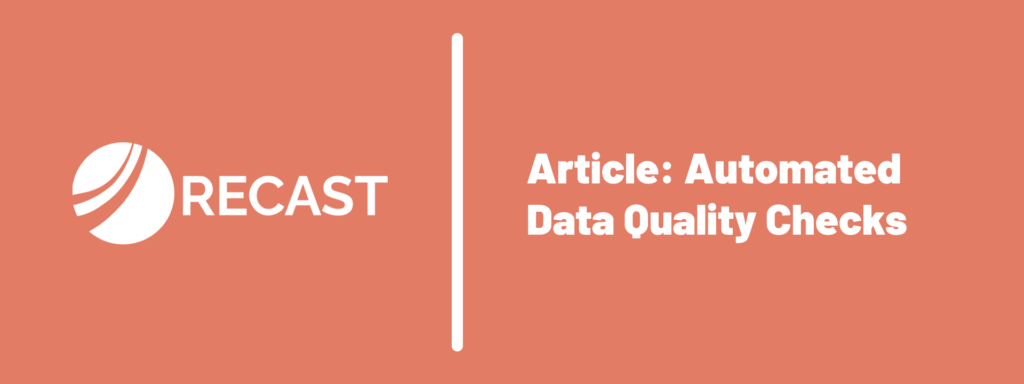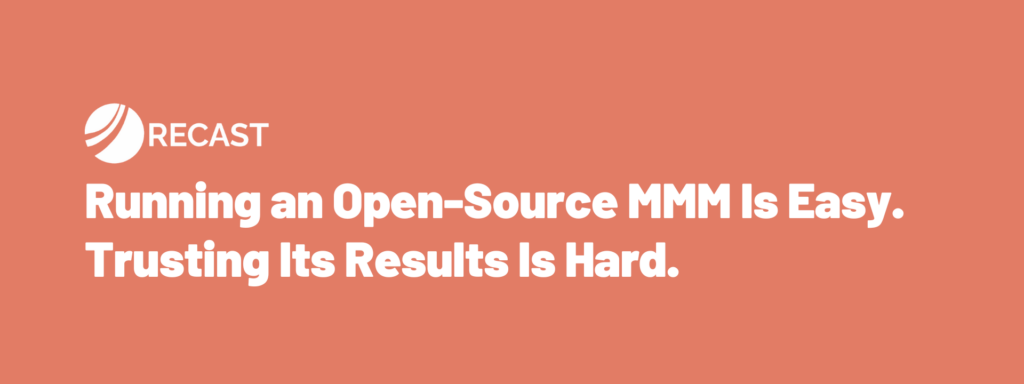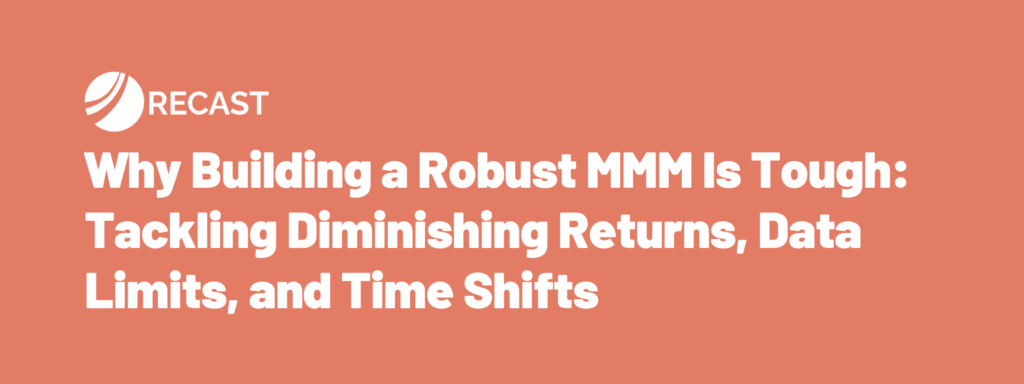Why Lower Funnel Channels Can Mislead Your MMM (And What to Do Instead)
Lower funnel channels – branded search, retargeting, affiliate – always look like heroes in your marketing mix. They convert fast, scale cleanly (or so it seems), and look great last-click attribution. But these channels work because something else made them work first. If your media mix model doesn’t reflect that …
Why Lower Funnel Channels Can Mislead Your MMM (And What to Do Instead) Read More »









